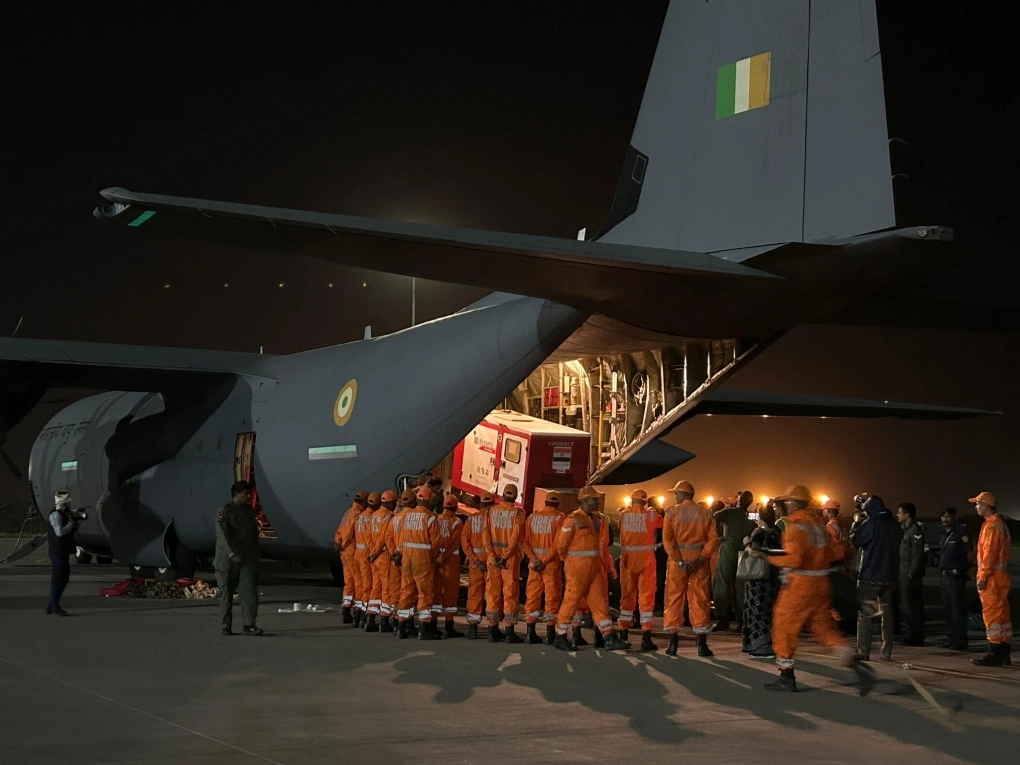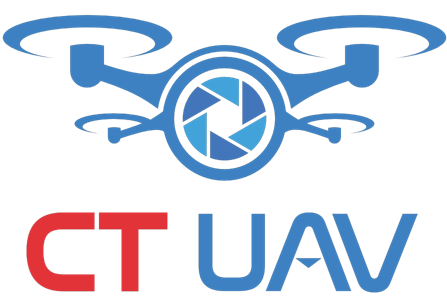Following the 7.7-magnitude earthquake on March 28, Myanmar has been receiving international rescue assistance, with Unmanned Aerial Vehicles (UAVs) playing a crucial role in search and reconnaissance missions, as well as emergency support.
UAVs accelerating Search and Rescue operations
A team of 37 members deployed by the Yunnan provincial government, China, arrived in Myanmar on March 29, bringing UAVs equipped with advanced sensors to survey affected areas and identify locations at risk of landslides. These UAVs facilitate the detection of victims trapped under debris while minimizing risks for rescue teams.
In addition to China, rescue teams from Russia, India, Malaysia, and other countries have rapidly mobilized in Myanmar. UAV units have been deployed to assess damage and provide real-time imagery for relief planning.

UAVs supporting humanitarian AID delivery
Beyond search operations, UAVs are being utilized to transport medical supplies, food, and lighting equipment to isolated regions. Specialized cargo UAVs, deployed by India and Russia, ensure the timely delivery of essential goods to hard-hit areas.
The role of UAVs in damage assessment
UAV imagery has revealed extensive infrastructure damage, including the collapse of a critical bridge linking Mandalay and Yangon, as well as severe flooding in low-lying areas due to dam failure. These aerial assessments enable authorities to formulate efficient relief and reconstruction strategies.

The future of UAV applications in disaster response
With their rapid deployment capabilities, cost efficiency, and ability to access hazardous areas, UAVs are becoming indispensable tools in global disaster relief efforts. The Myanmar earthquake further underscores the pivotal role of UAVs in victim search operations, humanitarian aid distribution, and post-disaster reconstruction.
Cre: vnexpress.net
